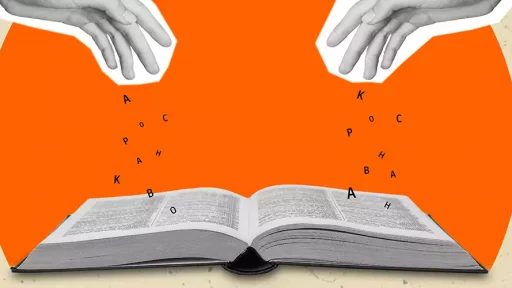What is a Retort?
A retort is defined as a sharp, witty, or cutting response to a comment or question. It is often used in conversation or debate to highlight a point and showcase one’s cleverness. The term has roots in both literary and theatrical contexts, where a retort can signal intelligence, sarcasm, or humor.
The Origin of the Term
The word “retort” originates from the Latin word “retorquer,” which means to twist back. This hints at the nature of a retort as a response that ‘twists back’ against an opponent’s argument or statement. Historically, retorts have been a hallmark of effective communication, showcasing an individual’s quick thinking and mastery of language.
Types of Retorts
Retorts can vary widely in tone and intention. Here are a few common types:
- Humorous Retort: A witty comeback that elicits laughter.
- Sarcastic Retort: A mocking or ironic response intended to convey contempt.
- Intellectual Retort: A thoughtful response that counters an argument with logical reasoning.
Retorts in Everyday Communication
Using retorts effectively requires a balance of cleverness, timing, and social awareness. Here are some scenarios where retorts typically arise:
- In Debate Settings: Retorts are common in formal debates where participants aim to dismantle opposing arguments.
- In Everyday Conversations: Casual banter among friends often includes light-hearted retorts that deepen relationships.
- In Literature: Characters in novels and plays often utilize retorts for dramatic effect or to convey personality traits.
Retorts in Pop Culture
Retorts have found their way into pop culture through films, television shows, and music. For instance:
- Movies: The film “Mean Girls” is known for its memorable retorts amongst characters.
- TV Shows: Shows like “The Office” and “Parks and Recreation” feature numerous instances of clever retorts that enhance comedic value.
- Music: Song lyrics often contain retorts, delivering messages with clever wordplay.
Case Studies: Famous Retorts
Several historical figures are well-known for their retorts. Here are a few notable examples:
- Winston Churchill: When a woman told him he was drunk, he famously replied, “And you, madam, are ugly. But I shall be sober in the morning.” This retort showcased his quick wit.
- Oscar Wilde: Known for his sharp humor, Wilde once responded to a critic by saying, “I can resist anything except temptation.” This playful jab at criticism exemplifies a clever retort.
- Mark Twain: Twain had a knack for retorts, exemplified when he responding to an accusation of being ill-tempered with, “I’m not ill-tempered; I’m just full of good sense!”
Statistics on Communication Styles
An analysis by the Harvard Business Review indicates that 70% of people believe that the ability to respond quickly and cleverly improves their standing in social and work environments. This shows the impact and importance of mastering the art of retorts.
Conclusion
In conclusion, retorts play a significant role in communication. Beyond just witty comebacks, they can strengthen relationships, enhance debates, and add flavor to conversations. When used effectively, a retort can convey not just the depth of intellect but also humor and creativity. Embarking on the journey to master this skill can lead to more engaging and dynamic interactions.




